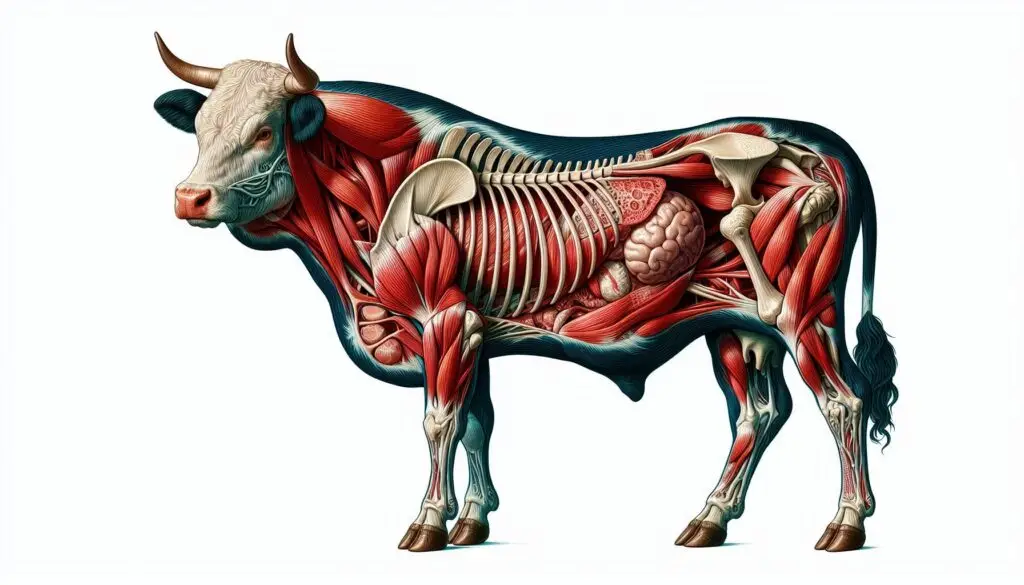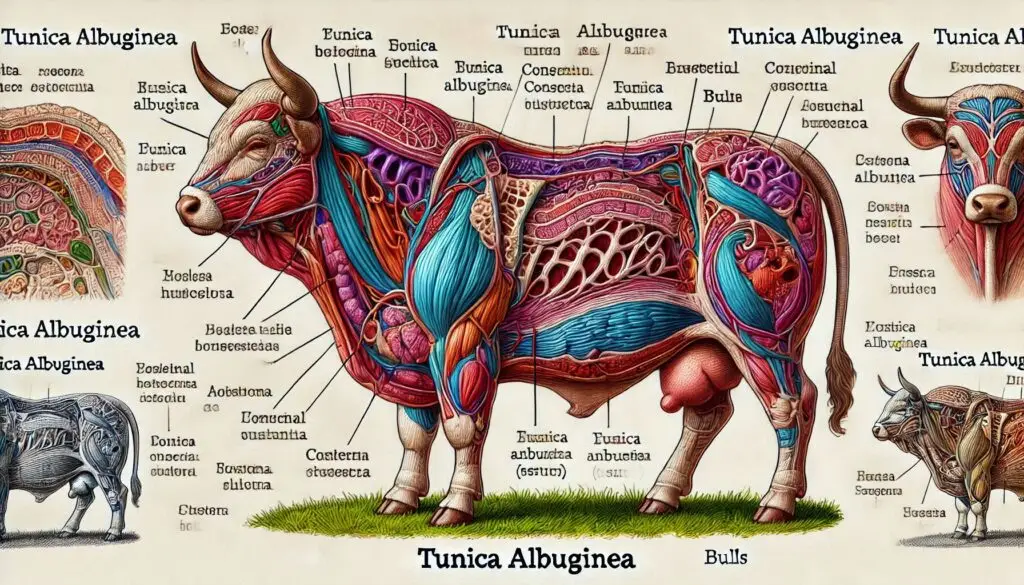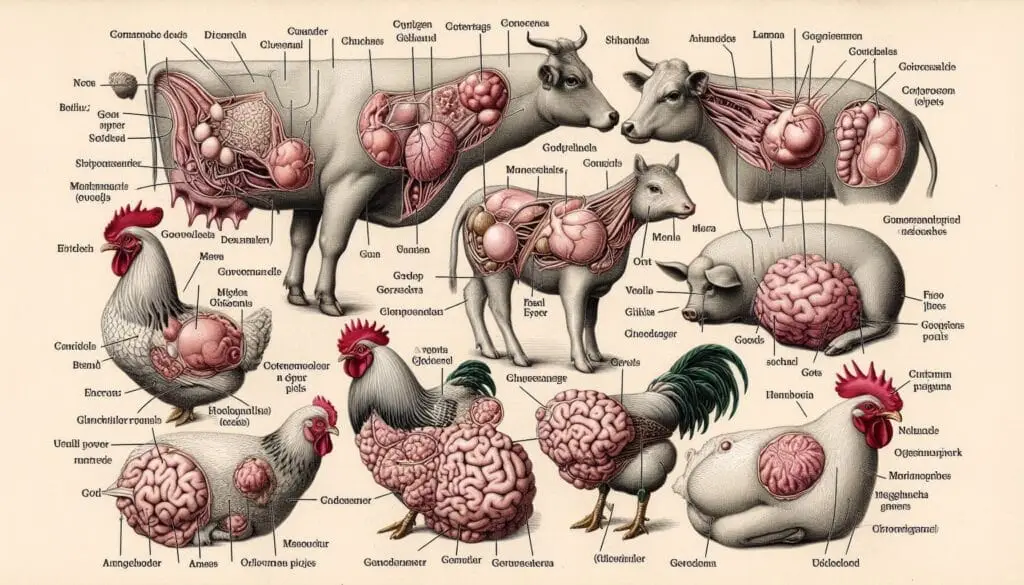Bulbourethral Glands in Bulls

Introduction to Bulbourethral Glands
Bulbourethral glands, commonly known as Cowper’s glands, are small yet significant exocrine glands located in the male reproductive system of bulls. These glands play an essential role in reproduction by producing pre-ejaculatory fluid. This article delves into the anatomy, function, clinical relevance, and other important aspects of these glands.
Anatomy of Bulbourethral Glands
Location and Structure
The bulbourethral glands are situated near the base of the penis in bulls. They are located posterolateral to the membranous urethra and are approximately the size of a pea. Each gland has a duct that opens into the urethra. The structure is characterized as compound tubulo-alveolar glands lined with columnar epithelium. For more details on their structure, you can refer to TeachMeAnatomy.
Histology
Histologically, each gland consists of lobules surrounded by a fibrous capsule. The lobules contain acini lined by columnar cells. These cells produce a clear fluid rich in mucoproteins that contribute to lubrication during ejaculation.
Function of Bulbourethral Glands
The primary function of Cowper’s glands is to produce a pre-ejaculatory fluid during sexual arousal. This fluid serves several purposes:
- Lubrication: It lubricates the urethra, facilitating smoother passage for sperm during ejaculation.
- Neutralization: The alkaline nature of the fluid helps neutralize any residual acidity from urine in the urethra.
- Flushing Mechanism: The secretion clears out any remnants of urine or dead cells from the urethra before ejaculation.
During sexual excitement, these glands can secrete up to 4 ml of fluid that aids in preparing the reproductive tract for sperm transport.
Clinical Significance
Cowperitis
Cowperitis refers to inflammation of the bulbourethral glands. This condition may arise due to infections similar to those causing urinary tract infections. Symptoms include fever, malaise, and severe perineal pain. Treatment typically involves high-dose antibiotics. For more information on this condition, visit PubMed.
Implications for Fertility
Understanding the function and health of Cowper’s glands is crucial for assessing male fertility. Any obstruction or dysfunction can lead to fertility issues in bulls.
Development and Embryology
The bulbourethral glands develop from the urogenital sinus during embryonic growth. Their formation is influenced by hormones such as dihydrotestosterone (DHT), which plays a vital role in male reproductive system development.
Comparative Anatomy
While bulbourethral glands are present in many mammals, their size and function can vary significantly across species. For instance, they are notably larger in boars compared to bulls. In contrast, these glands are absent in certain groups like dogs and cetaceans. For a comparative overview, see Wikipedia.
Conclusion
Bulbourethral glands are essential components of the male reproductive system in bulls. Their role in producing pre-ejaculatory fluid is vital for ensuring successful reproduction. Understanding their anatomy and function can help veterinarians address potential reproductive issues effectively.
More from Veterinary Physiology:
https://wiseias.com/abo-blood-group-system-animals/
https://wiseias.com/anticoagulation-in-animals/
https://wiseias.com/hemorrhagic-disorders-in-animals/






Responses